Podcast: Play in new window | Download

“There’s no RPM drop when I select left mag, and if I turn the ignition switch off, the engine continues to run.”
That’s what the owner of this Cirrus reported when he arrived at our airport the other day.
One of our technicians got to work to troubleshoot the problem. Here’s what he found:
- The magneto P-lead wiring checked good.
- The ignition switch checked good.
- It appeared the problem was with the magneto.
So let’s pause and ask, “Which magneto, left or right?”
Good question, because this stuff can sometimes be confusing.
When the pilot got no RPM drop when selecting left mag, it likely means the ability to ground (or turn off) the right mag has been lost. So even though we are selecting left mag, it’s the right mag that actually has the problem.
And sure enough, that’s exactly the case here… upon removing the point cover from the right mag (which also contains a capacitor with a stud for the P-lead attachment,) we determined with an ohm meter check that the capacitor in the P-lead circuit had failed in the open position, making it impossible to ground (or turn off) the right magneto.
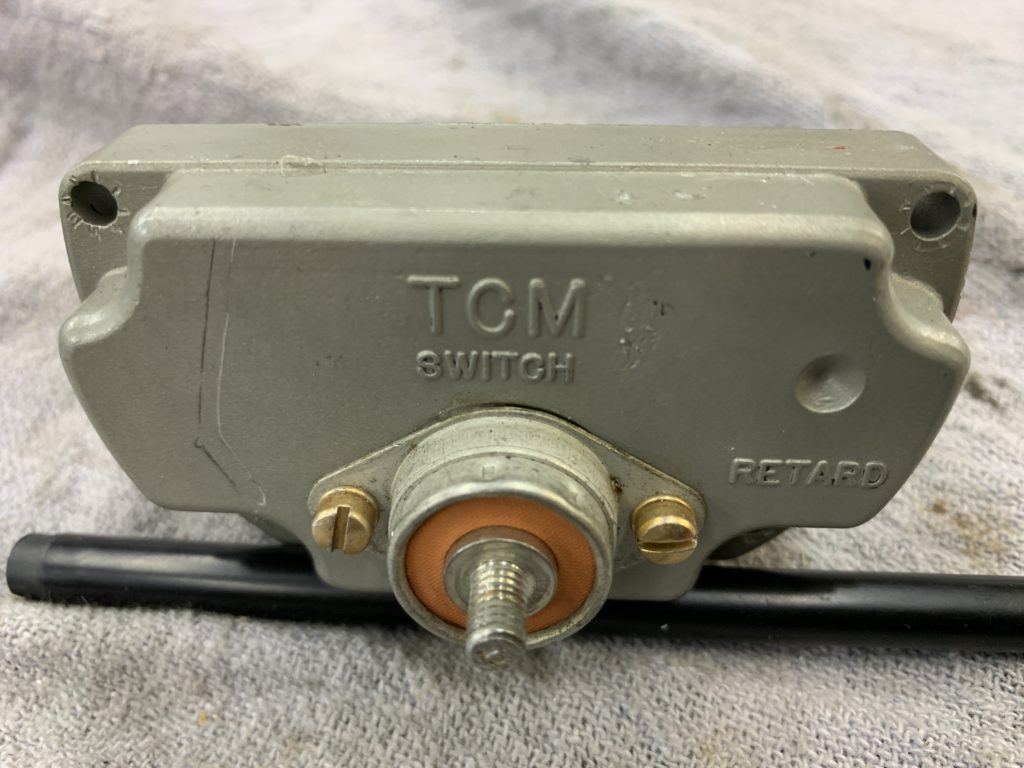
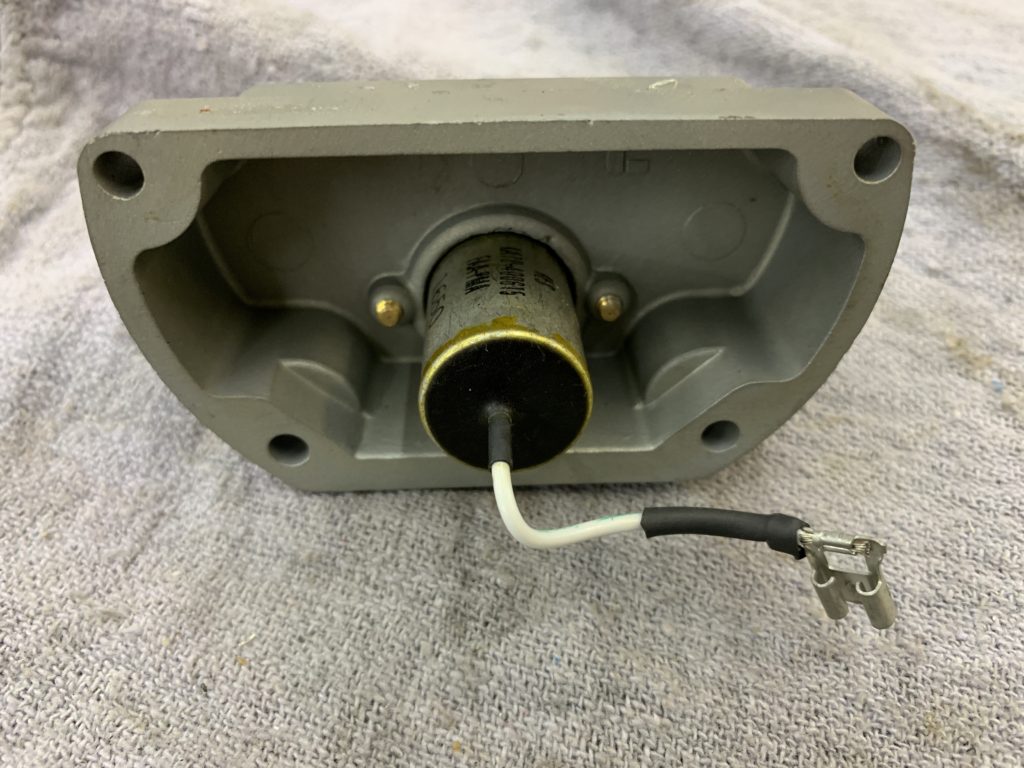
The point cover along with the capacitor, mounts to the magneto as seen on the left side of the following picture:

The new capacitor has been ordered and the Cirrus should be flying again real soon. You can hear the full story in today’s podcast episode.
The other P-lead story in this episode is from an A36 Bonanza I’m inspecting. This is a very different situation… this one had some chafing P-leads in the engine compartment that were a problem-in-the-making. Take a look:
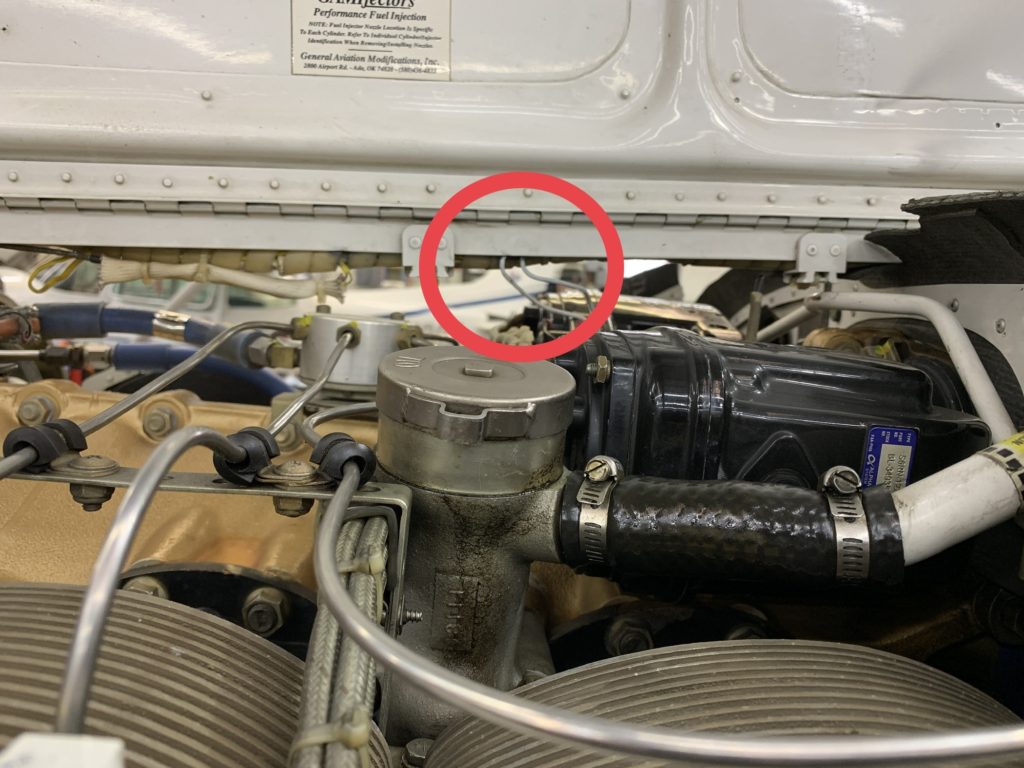
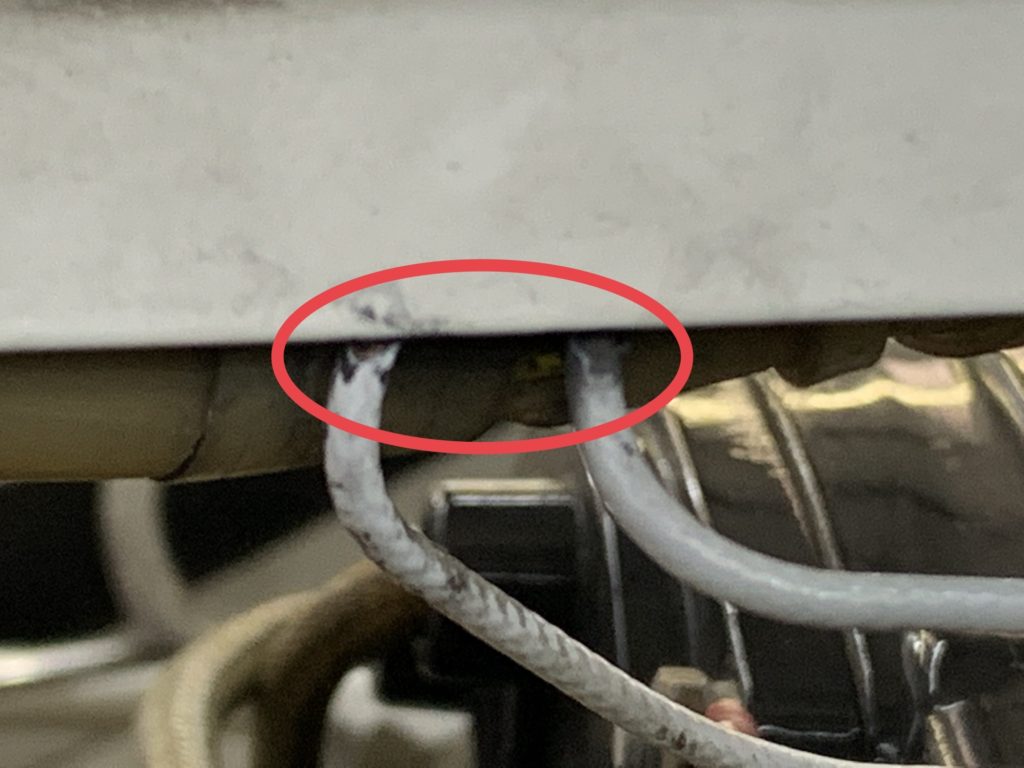
After pulling the wires down a bit, the worn areas became really obvious:
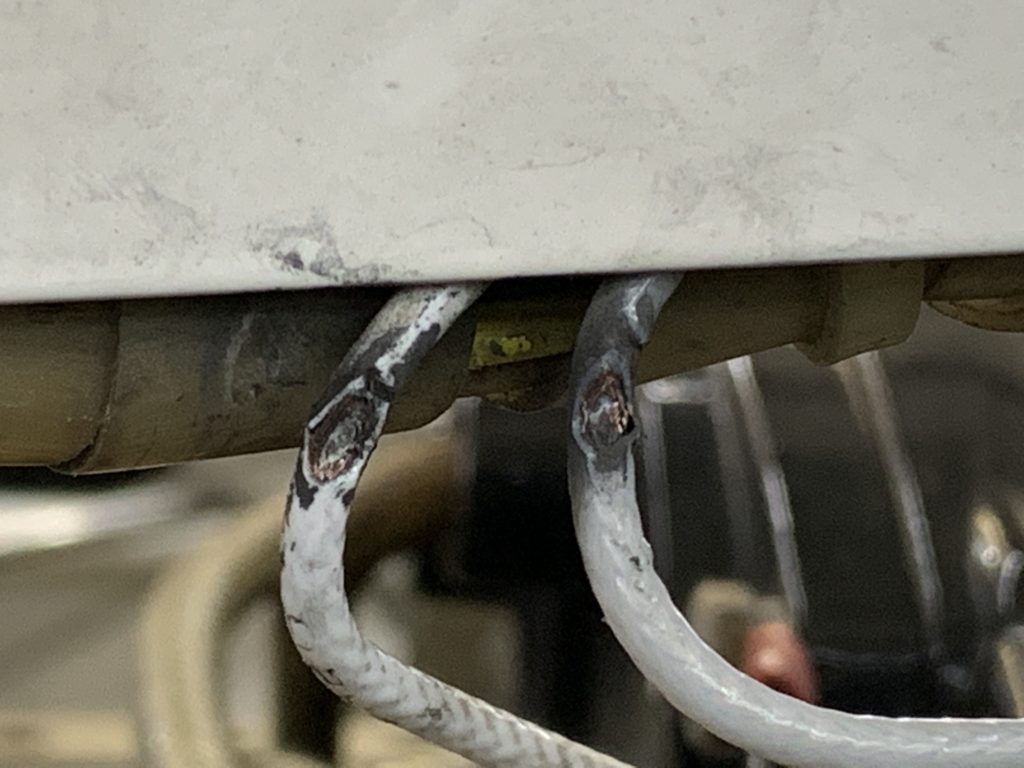
These wires have 4 layers:
- An inside center wire (the actual P-lead.)
- A layer of insulation on the center wire.
- A layer of braided shielding to prevent radio noise.
- An outside layer of insulation.
Thankfully, the inside wires (P-leads) were still protected… if those inside wires had shorted to ground, the magnetos could have failed to operate. If the P-leads are shorted to ground by touching the airframe, it’s the same effect as turning the ignition switch off.
Here’s one last picture of the P-leads with some context of how they are attached to the magnetos:

So… any time you’re working in the engine compartment, whether for an oil change, or anything else, it’s a good idea to look around for any signs of chafing… sometimes you might be able to avoid a future in-flight problem by catching the issue early.


I’m not sure I heard you right, or maybe I misunderstood you…
If I got it correct, the ignition switch’s job is to “ground” and “un ground” the P-Leads in order to disable and enable the Mag(s) it is connected to; in other words, a grounded P-Lead turns OFF a Mag. Double negatives – or in computers/electronics, “negative logic” – is easy to mix up…
This leads to a table like the following
Key OFF – RMag P-Lead grounded LMag P-Lead grounded
Key RIGHT – RMag P-Lead NOT grounded LMag P-Lead grounded
Key LEFT – RMag P-Lead grounded LMag P-Lead NOT grounded
Key BOTH – RMag P-Lead NOT grounded LMag P-Lead NOT grounded
… which is the same as
Key RMag LMag
OFF OFF OFF
RIGHT ON OFF
LEFT OFF ON
BOTH ON ON
With me so far?
The confusion is that you correctly said @5:23 that “cutting the P-Lead turns the magneto ON”, yet at 20:38 you get it backwards and say “cutting a P-Lead on a magneto has the same effect as turning the ignition switch OFF”. I think you meant “… turning the ignition key ON”, since the ignition switch would then be UNABLE to ground the P-Lead and turn the magneto OFF, leading to a hot mag…
(I love your podcast – I’m a computer guy, and not a pilot, but enjoy living the flying life vicariously thru you and others…)
Thanks John! You are one of two people so far who have let me know about the mistake I made in this episode, and I appreciate that. I modified the audio and went back to that 20:38 location and added a “wrong answer” sound effect, along with some commentary to clear up the mistake. Thanks for taking the time to respond and to share some info to help us think through the mag switch positions and what they mean. Well done!
Hi Dean,
Excellent discussion on how to troubleshoot a magneto. I have a 2020 Cirrus SR22T that at 40 hours flight time developed a right hot magneto. With the switch on RIGHT position there was no rpm drop and when moved to the OFF position the engine continued to run. This problem was intermittent in nature. The P-Lead wiring was thought to be fine and it was recommended that the LEFT magneto be replaced which it was. Everything worked fine for about 4 flight hours and then the same issue developed with no rpm drop in the right position and the engine continues to run in the OFF position. This issue is always present. It is going back into the shop next week. Any thoughts as to cause and next steps?
Hi Bob,
It might be good to verify the P-leads are attached to their correct magneto… sometimes P-leads get swapped, and this can really cause some troubleshooting confusion. After verifying P-leads are in their correct location, I would do some testing on that left P-lead wire, with it disconnected from the magneto… With the ignition switch off, there should be continuity to ground, from the P-lead wire terminal… while watching an ohm meter, wiggle the wire around and see if resistance goes up… maybe there’s a broken wire inside the insulation. I wish I was there to look at it for you! Keep us posted how it turns out.